Search
Did you mean: Cronus?
Search Results
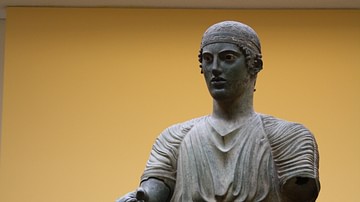
Image
Bronze Charioteer of Delphi
Bronze victory charioteer in the severe style (480-460 BCE), part of a larger composition of a four horse chariot. Delphi Archaeological Museum, Greece.
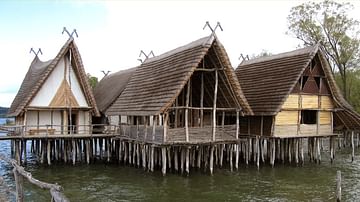
Image
Bronze Age Village Reconstruction
Bronze Age village reconstruction.
Pfahlbaumuseum Unteruhldingen, Uhldingen-Mühlhofen, Germany.
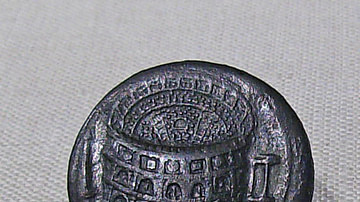
Image
Bronze Sestertius with Colosseum
A bronze sestertius from the reign of Roman emperor Titus (79-81 CE), which depicts the Colosseum or Flavian Amphitheatre. Clearly shown are the four arched stories, statues within the arches and the large monumental fountain - the Meta Sudans...

Image
Bronze Lantern, Todaiji
A bronze lantern dating to the founding of the Todaiji temple complex, Nara, Japan. c. 752 CE, Nara Period.
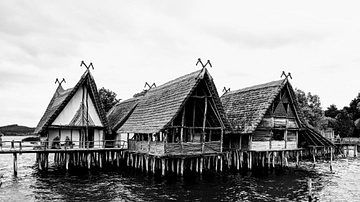
Image
Bronze Age Stilt Houses, Lake Constance
Reconstructed Bronze Age stilt houses (also known as pile dwellings) at Pfahlbaumuseum Unteruhldingen, Lake Constance, Germany.
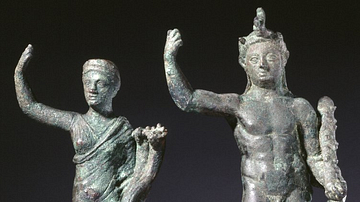
Image
Bronze Statues of Ptolemy II & Arsinoe II
These early 3rd-century BCE bronze statues from Alexandria, Egypt, portray the royal Ptolemaic couple Ptolemy II Philadelphus ("The Sibling-Loving") and Arsinoe II Philadelphus. Ptolemy II is wearing the scalp of an elephant, possibly symbolic...
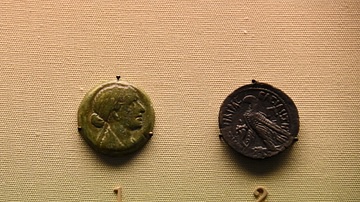
Image
Bronze Coin of Cleopatra
Bronze coin of Cleopatra (r. 51-30 BCE), with her portrait and eagle on the reverse. Minted in Alexandria, in modern-day Egypt. (The British Museum, London).
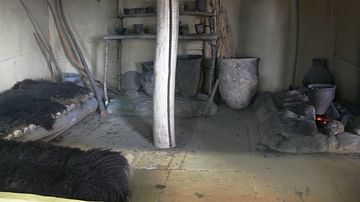
Image
Bronze Age Stilt House Interior
Interior of a reconstructed Bronze Age stilt house.
Museum zu Allerheiligen, Schaffhausen, Germany.
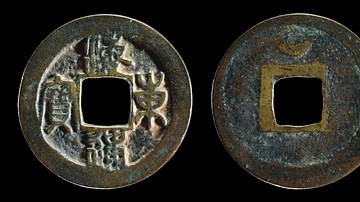
Image
Bronze Korean Coin, Goryeo Dynasty
A bronze coin of the Korean Goryeo Dynasty, 1097-1105.
The legend reads: Haedong tongbo meaning 'Coin of the Land East of the Sea' (Korea).
The British Musem, London.
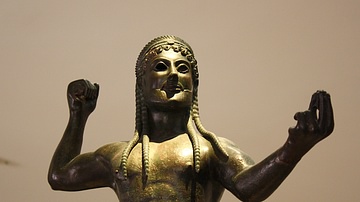
Image
Bronze Zeus, Tarentum
A bronze statue of Zeus, Tarentum, southern Italy c. 530 BCE. (National Archaeological Museum of Tarento, Italy)